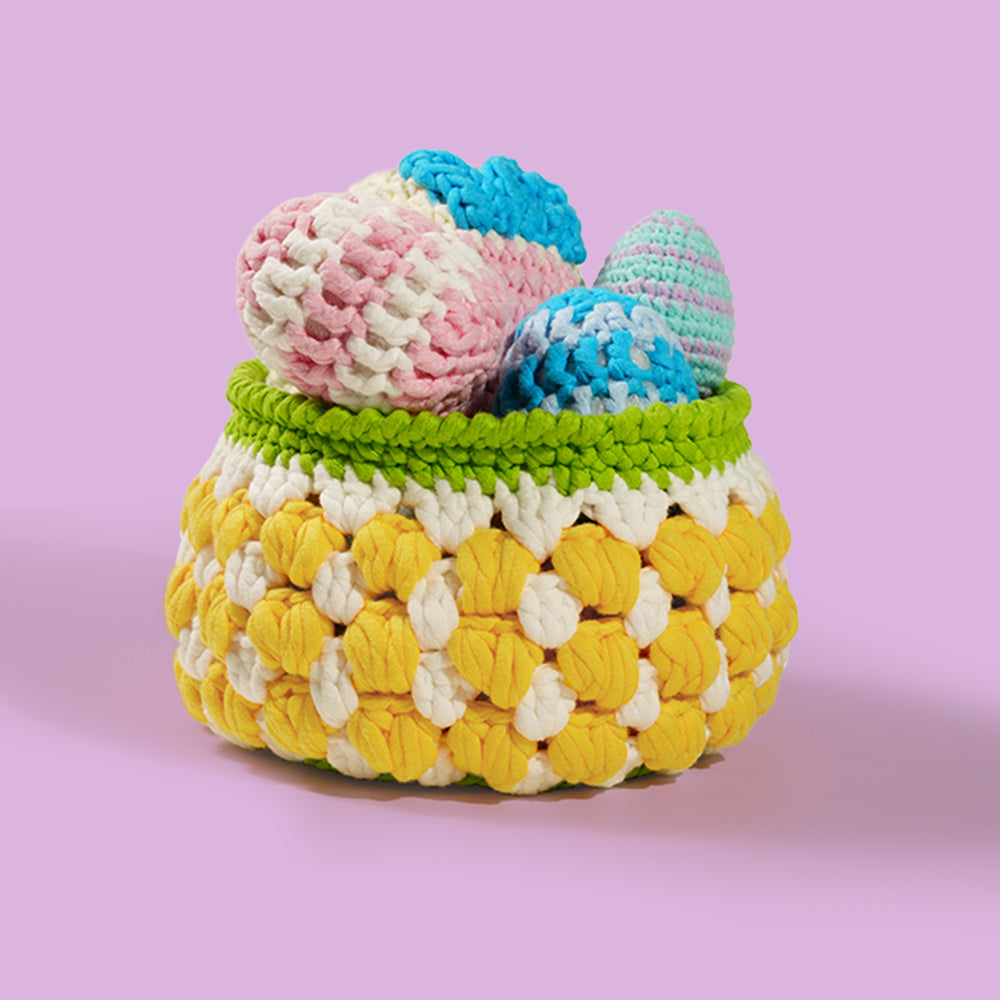Crochet on the Frontlines: Stories of Craft in War, Refugee Camps, and Survival
🔹 Introduction
-
Open with a vivid image: crochet hooks moving in the middle of chaos — a soldier’s wife crocheting socks during WWII, or a refugee crocheting to trade for bread.
-
Set the tone: crochet is not just about beauty or hobby, but sometimes survival, memory, and dignity.

🔹 Crochet in Wartime
-
World Wars: soldiers’ families crocheting socks, gloves, and blankets.
-
Trench crafts: idle soldiers using yarn scraps, creating comfort items.
-
Propaganda campaigns: governments encouraged women to crochet/knit for soldiers.
-
Example: American Red Cross’ “Knit Your Bit” campaign.
🔹 Crochet in Refugee Camps
-
Handmade crafts as trade currency for food, supplies, or money.
-
Refugees passing down crochet skills as cultural preservation.
-
Example: Palestinian, Syrian, Afghan refugee women crocheting to sell items in global aid markets.
-
Psychological benefit: repetitive stitches as therapy for trauma.
🔹 Crochet as Resistance & Identity
-
Women under oppressive regimes crocheting secretly to keep traditions alive.
-
Yarn bombing and textile activism in protest movements.
-
Example: Chilean women during dictatorship used textile crafts (arpilleras) as hidden political messages.
🔹 Healing Through Stitches
-
The mental health side: crochet as a portable form of therapy.
-
Crafting circles in shelters — building community through shared stitches.
-
Stories from NGOs using crochet/knitting workshops in post-war recovery zones.
🔹 Modern Echoes: Survival Meets Creativity
-
Handmade items from war zones reaching global markets (Etsy, UN projects).
-
Crochet today as both income and identity for displaced people.
-
Inspirational quote/story from a refugee crafter (we can adapt from public sources).
🔹 What We Can Learn
-
Crochet is more than a hobby — it’s resilience, memory, healing.
-
Encouragement for readers: next time they pick up a hook, they’re part of a long human story of survival and strength.
🔹 Conclusion
-
Bring it full circle: crochet connects the past and present, and in every stitch there is both fragility and strength.
